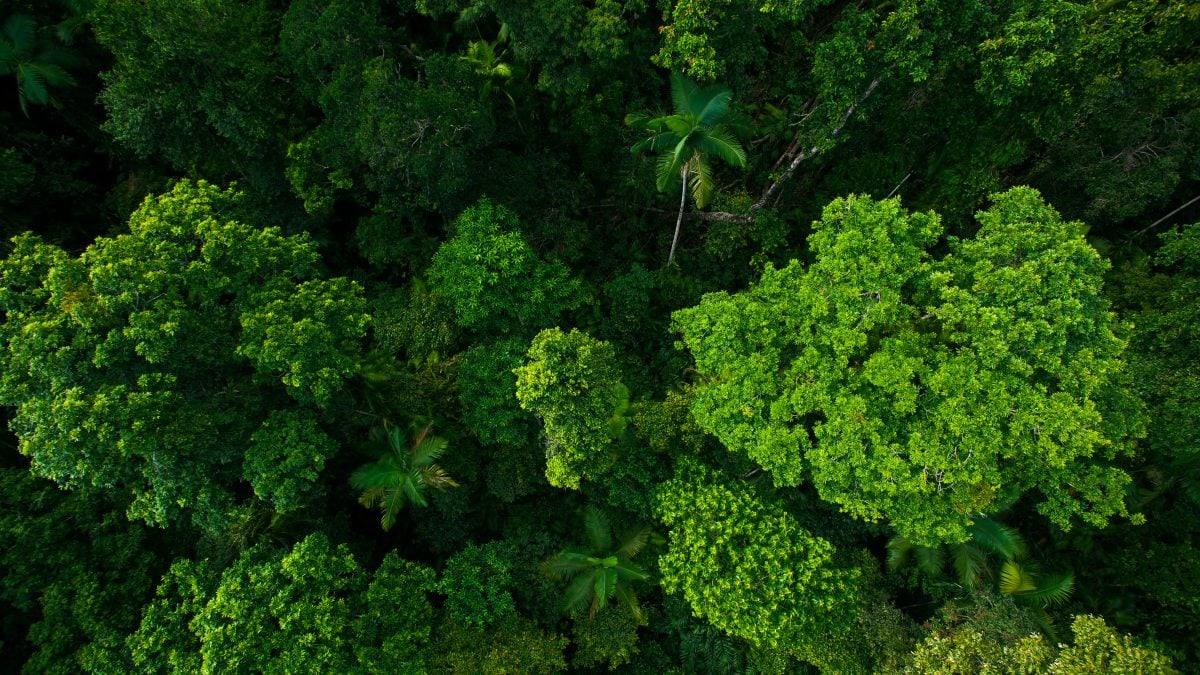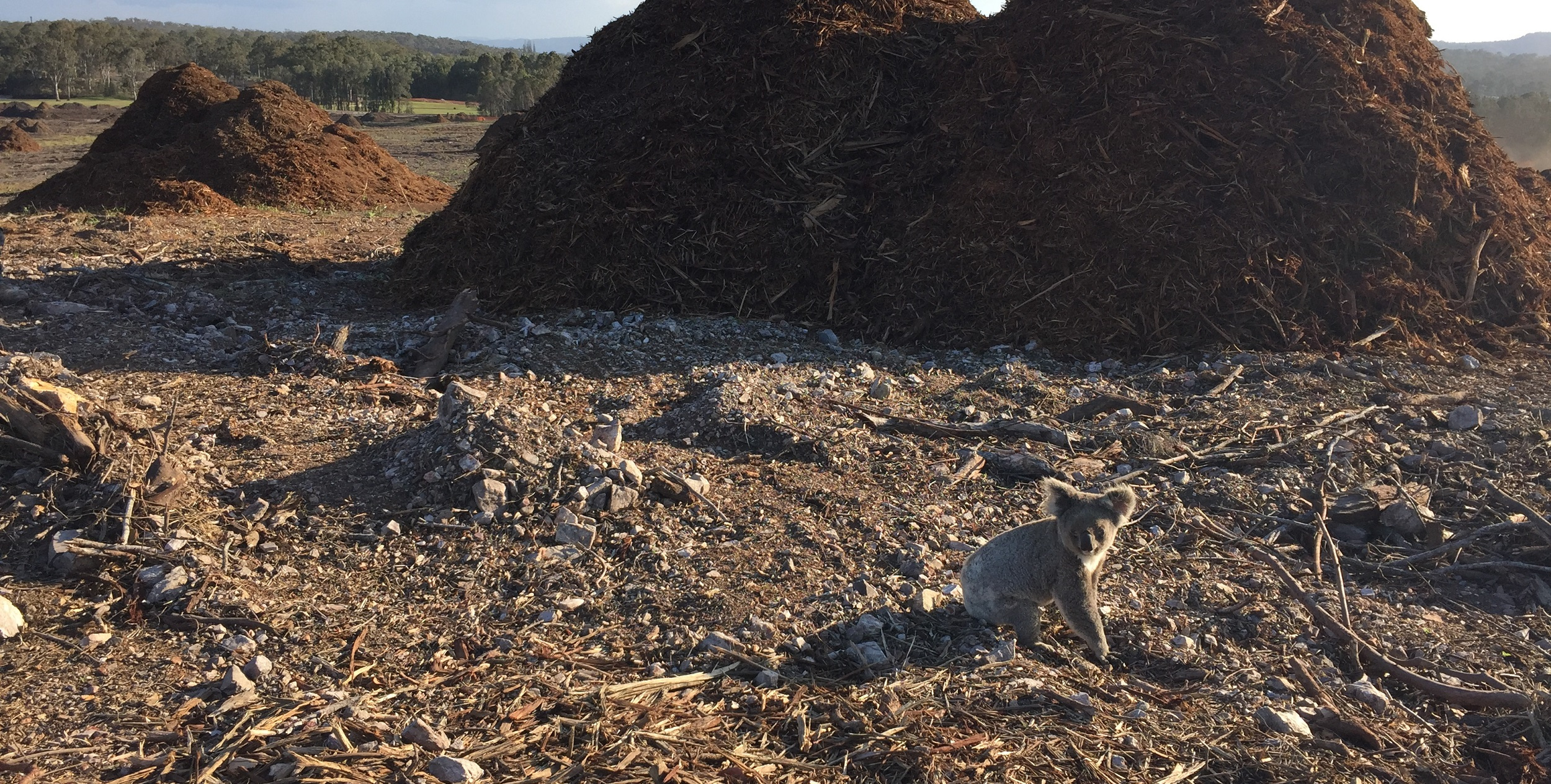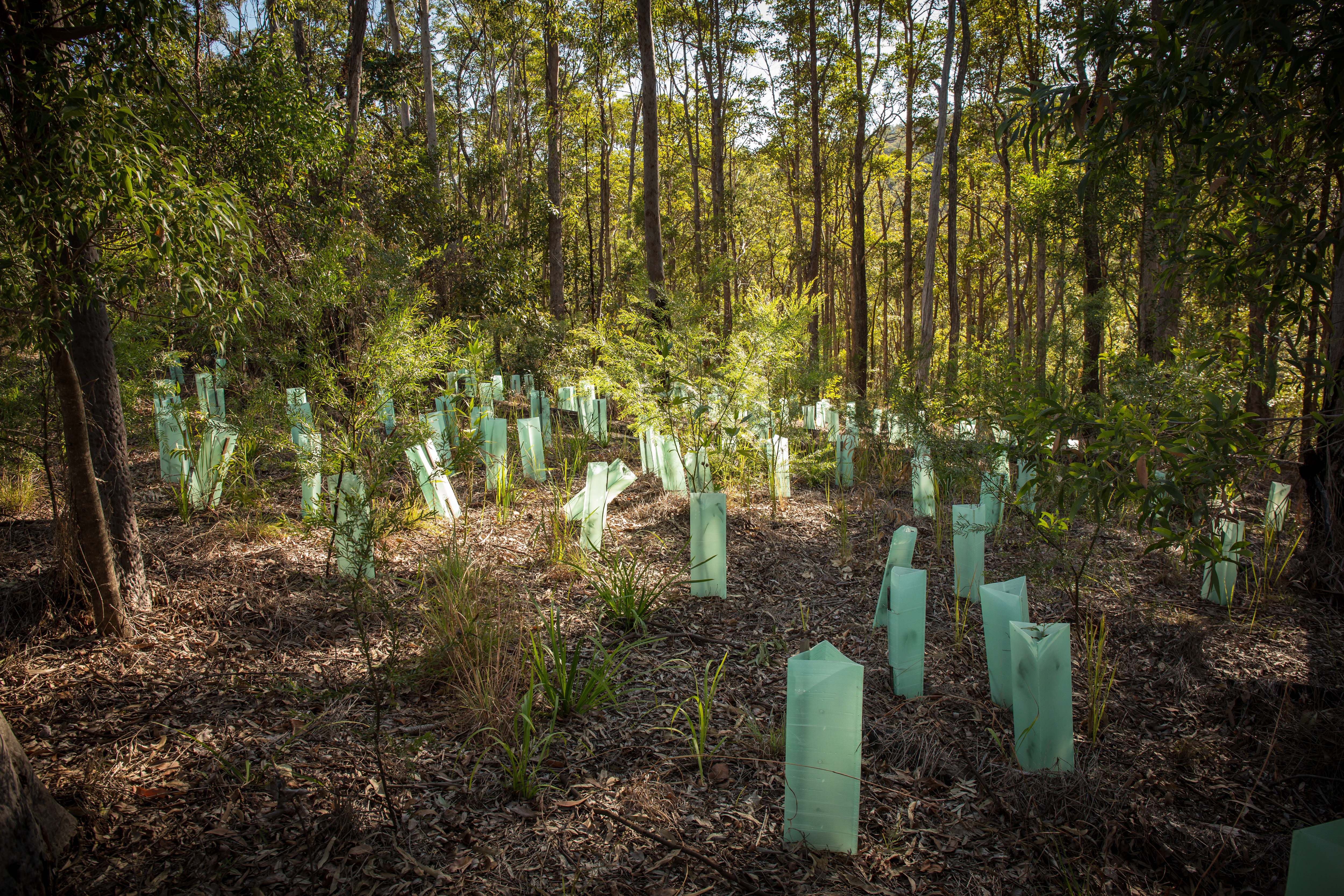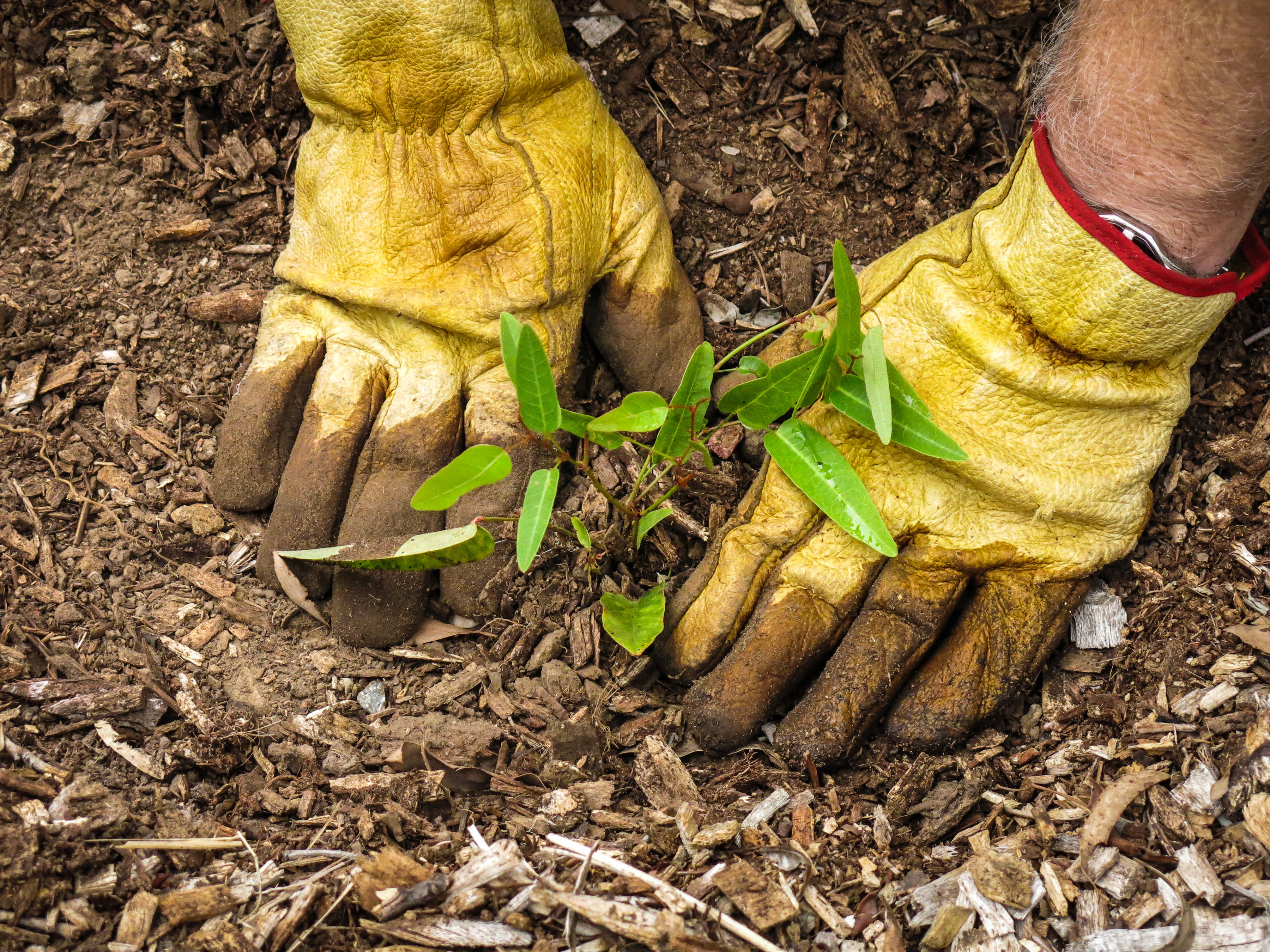Deforestation

The Land Restoration Fund
We are on the cusp of an exciting opportunity to transform and restore degraded landscapes, while creating new revenue streams for landholders.
Threat and opportunity—this is what defines the future of Australia’s forests and bushlands, its unique native wildlife and our response to accelerating climate change.
Just 50% of Australia’s forests and bushlands remain intact compared with pre-European arrival.1 The other 50% has been either permanently destroyed and replaced with another land use or is classed as degraded forests and bushlands—most of which is previously cleared but regrowing vegetation of different ages.2
A great opportunity
On the one hand, Australia is in the midst of a deforestation and land clearing crisis, with an MCG-sized area of forests and bushlands destroyed every two minutes.3 This is killing tens of millions of native animals each year—including the iconic koala—while harming the land, polluting rivers and damaging the Great Barrier Reef. Carbon emissions released by land clearing across Australia are equivalent to about a third of the total emissions released by all of the coal-fired power stations in the country. Once native forest logging emissions are included, this is equivalent to at least half the carbon pollution of all Australian coal-fired power stations.

But on the other hand, we are on the cusp of an exciting opportunity to transform and restore degraded landscapes, while creating new revenue streams for landholders—driven by action on climate change. The science is clear. In order to reach the goals set out under the Paris Climate Agreement, we have to stop polluting the atmosphere with greenhouse gases and draw down as much carbon as possible out of the atmosphere by regrowing and restoring forests and bushlands. Australia is one of the best-placed nations worldwide to succeed in such a large-scale ecological restoration agenda. If done right and in tandem with strong protections for remaining intact forests and bushlands, this will protect and build on the continent's natural carbon stocks as well as create an entirely new industry and income stream for landholders. It will ensure greater investment is flowing from the cities to the bush.
To end the destruction of Australia's special forests and bushlands, save its globally important wildlife, support the emerging ecological restoration industry and landholders, and significantly reduce the nation's carbon pollution footprint, we must both permanently protect forests and bushlands and transform deforested and degraded landscapes through large-scale restoration.

Restoration can be achieved through several avenues—it isn’t only about planting new trees. In many cases, previously cleared land can regrow forest and bushland, and careful management can help regenerate the original ecosystem. Also, improved land management practices can help restore the land, such as by stocking fewer cattle or excluding stock from sensitive ground.
The growing imperative to transform and repair Australia’s damaged forests and bushlands, combined with the pressing need to draw down carbon out of the atmosphere, creates a big opportunity for Australia to invest heavily in ecological restoration. Coupled with strong regulations to end destructive deforestation and land clearing, providing substantial financial incentives for landholders to restore land is the breakthrough Australia desperately needs to reverse the disastrous trend of species loss and increasing land damage.
What we're doing

Much of the research to date on valuing restoration and providing income to landholders has been focussed on carbon value alone. In the lead up to the 2017 Queensland election, we undertook extensive research into the field of land carbon and land restoration. The result was a landmark report that highlighted the opportunity that Australian states and territories, and the Federal Government had in this space.
We found that management practices to assist natural regeneration, such as restricting or excluding stock and stopping repeated land clearing, logging and burning is required to restore degraded lands and sequester carbon. In summary, large-scale, positive transformation of deforested and degraded land is possible with the right financial incentives.
The Queensland Land Restoration Fund

In the lead up to the 2017 Queensland Election, the Wilderness Society's Queensland team used this information to advocate for a fund that could pay landholders to restore degraded land, sequester carbon and facilitate a range of co-benefits such as for biodiversity and by creating social or economic opportunities.
It was crucial that the solution didn’t focus solely on carbon sequestration. It needed to provide a lifeline for biodiversity as well. It’s clear that threatened species, like the iconic koala, are in dire straits and will need a multipronged approach to stop population declines. We proposed that one possible branch of that solution could be to provide incentives for landholders to restore threatened species habitat on private property.

The result was a commitment from the incoming government to establish a $500 million Land Restoration Fund. The Land Restoration Fund supports land sector projects that expand the carbon farming opportunities whilst also delivering environmental and social co-benefits. Initially, $97 million was injected into 28 projects across the state from the outback to the rainforest, koala habitat in the Southeast of the state and across the reef catchments.
The Land Restoration Fund picks up pace!
In July 2022, the Palaszczuk Government announced new projects to be funded by its Land Restoration Fund.
Environment Minister Meaghan Scanlon said the new projects would regenerate and expand threatened ecosystems, bring jobs and training to regional areas, and support Indigenous-led initiatives taking place on First Nations' land.
There are five new schemes under the second round of Land Restoration Fund funding, providing long-term protection for more than 6000 hectares of land and representing an investment of $11.5 million. More projects are being finalised.
Learn more about the Land Restoration Fund at our Facebook live webinar with one of the lead researchers behind its establishment.
References:
1. Australian Bureau of Agriculture and Resource Economics, 2012. Vegetation Assets, States and Transitions—2008 dataset. Accessed July 2017. In this report, intact refers to residual vegetation communications in the dataset; cleared refers to replaced and removed; and degraded refers to modified and transformed. Analysis of data by The Wilderness Society.
2. Ibid. Analysis of data by the Wilderness Society.
3. Calculations are based on a national average of 600,000 hectares of deforestation and native forest logging per year, 1,643 hectares per day, 68 hectares per hour, 1.14 hectares per minute. 1.14 hectares/minute x 2 minutes = 2.28 hectares = well over the 1.77 hectare area of the MCG. So this is technically a conservative figure.